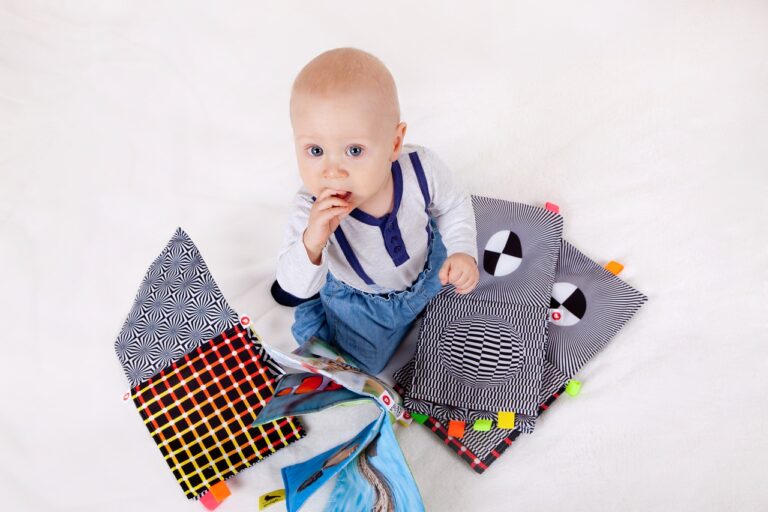Leveraging Design Thinking in Educational Innovation: Gold bet 7, Radhe exchange, 11xplay.online
gold bet 7, Radhe Exchange, 11xplay.online: Leveraging Design Thinking in Educational Innovation
In today’s rapidly evolving world, the field of education is facing new challenges that require innovative solutions. Design thinking, a human-centered approach to problem-solving, has gained popularity as a powerful tool for driving innovation in various industries. When applied to education, design thinking can offer valuable insights and create opportunities for change and improvement.
Understanding Design Thinking
Design thinking is a process that emphasizes empathy, experimentation, and collaboration to generate creative solutions to complex problems. It involves five key stages: empathize, define, ideate, prototype, and test. By focusing on the needs and experiences of users, design thinkers can uncover new perspectives and develop innovative solutions that meet those needs effectively.
Applying Design Thinking in Education
In the context of education, design thinking can help educators and administrators address common challenges such as student engagement, curriculum development, and technology integration. By adopting a user-centric mindset, schools can create learning experiences that are more meaningful, relevant, and engaging for students.
Empathy: To understand the needs and preferences of students, teachers, and other stakeholders, educators must first empathize with them. This involves observing, listening, and gathering insights that inform the design process.
Define: Once the needs and challenges have been identified, educators can define the problem they are trying to solve. By framing the issue clearly, they can focus their efforts on finding innovative solutions that address the root cause.
Ideate: In the ideation phase, educators brainstorm ideas and explore different possibilities for solving the problem. This stage encourages creative thinking and opens up new avenues for innovation.
Prototype: Prototyping involves creating rough drafts or models of potential solutions to test their feasibility and effectiveness. By experimenting with different ideas, educators can refine their concepts and identify the most promising solutions.
Test: Finally, educators can test their prototypes in real-world settings to gather feedback and insights from users. This iterative process allows for continuous improvement and refinement based on user input.
Benefits of Design Thinking in Education
By leveraging design thinking, educators can unlock a range of benefits, including:
– Enhanced student engagement and motivation
– More personalized and relevant learning experiences
– Improved problem-solving and critical thinking skills
– Greater collaboration and communication among students and teachers
– Increased creativity and innovation in the classroom
Incorporating design thinking into the educational process can help schools adapt to new challenges and prepare students for success in an increasingly complex and dynamic world.
FAQs
Q: How can educators get started with design thinking in the classroom?
A: Educators can start by familiarizing themselves with the key principles of design thinking and integrating them into their teaching practices. They can also attend workshops, conferences, or online courses to deepen their understanding and gain practical experience.
Q: Can design thinking be applied to all subjects and grade levels?
A: Yes, design thinking can be adapted to different subjects and grade levels, from elementary school to higher education. By tailoring the process to specific contexts and learning objectives, educators can leverage design thinking to enhance student learning across disciplines.
Q: What resources are available to support educators in implementing design thinking?
A: There are numerous resources available, including books, articles, online courses, and design thinking toolkits specifically designed for educators. Additionally, professional organizations and networks provide opportunities for educators to connect with peers and share best practices in design thinking in education.







